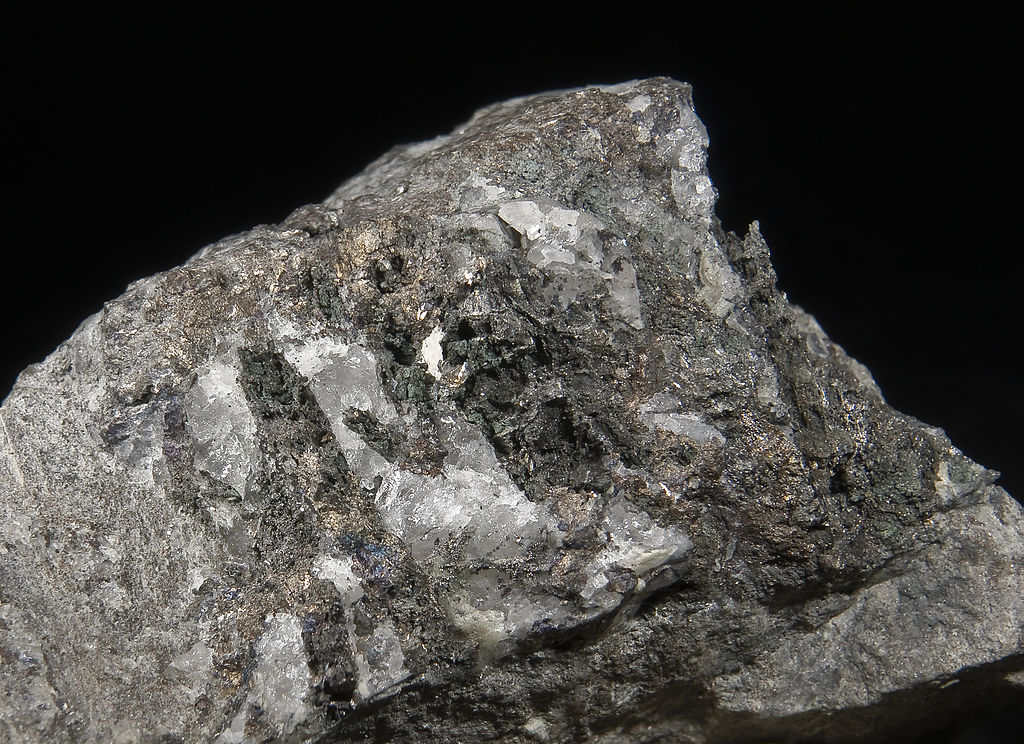Kesterite is one of the most promising light absorber materials for next generation of thin-film solar cells. However, it has so far found limited applications only at the research level, where efficiencies have languished around the 10% mark.
Kesterites are comprised of abundant elements, most commonly copper, tin, zinc and selenium. Unlike copper indium gallium selenide (CIGS) compounds that already represent a small share of PV manufacturing, all of these materials have well-established supply chains that could absorb some extra demand from the solar industry without major issue.
With this in mind, a group of researchers at Fuzhou University in China has developed a flexible bifacial kesterite (CZTSSe) PV device, which it says is suitable for applications in indoor and outer space photovoltaics.
The kesterite cell has a symmetrical configuration, with the same structure and morphology on either side. Both front and back cell stacks are deposited on molybdenum (Mo) foil. Each cell has an active area of 0.21 cm2 and is built with an electrode made of molybdenum diselenide (MoSe2), a CZTSSe layer, a cadmium sulfide (CdS) buffer layer, a zinc oxide (ZnO) layer, a transparent conducting coating of indium-tin-oxide (ITO), and silver (Ag).
In order to decrease manufacturing costs, the research group decided to deposit the same layers on two sides of the foil through a cyclic spin-coating method. “The spin-coating and annealing process are repeated nine times by alternating on front and back sides to obtain double-sided prefabricated CZTSSe films,” it explained. The CdS layers were deposited by a chemical bath deposition (CBD) method. The manufacturing process also included a selenization treatment and vacuum methods for sputtering and evaporation.
Popular content
The bifacial solar cell achieved an efficiency of 9.3% on the front side, with an open-circuit voltage of 436 mV, a short-circuit current of 33.76 mA/cm2, and a fill factor of 63.2%. As for the backside, the cell reached a power conversion efficiency of 9.0%, an open-circuit voltage of 434 mV, a short-circuit current of 33.7 mA/cm2, and a fill factor of 61.7%. “Under weak LED light illuminations with 1.5–18.5 mW/cm2 intensities, the devices also show good performance of 6–8.8% efficiency,” the researchers stated.
The unencapsulated cell was put in an aging box under continuous illumination with a standard “one sun” intensity for several days, and tested once a day. After 14 days of testing, the device showed degradation of less than 5% from its initial performance.
The bifacial PV device, according to its creators, can be bent and stretched without compromising its power conversion efficiency. The two cells are able to independently work at different illuminations and jointly output current by parallel circuit. “The bifacial device could directly utilize all-directional lights and produce periodically variable currents by substrate rotation,” the scientists concluded. “The investigations of bifacial flexible CZTSSe solar cells provide a new prospect for indoor ornament integrated photovoltaics.”
The device was described in the paper Novel symmetrical bifacial flexible CZTSSe thin film solar cells for indoor photovoltaic applications, published in nature communications.
This content is protected by copyright and may not be reused. If you want to cooperate with us and would like to reuse some of our content, please contact: editors@pv-magazine.com.



By submitting this form you agree to pv magazine using your data for the purposes of publishing your comment.
Your personal data will only be disclosed or otherwise transmitted to third parties for the purposes of spam filtering or if this is necessary for technical maintenance of the website. Any other transfer to third parties will not take place unless this is justified on the basis of applicable data protection regulations or if pv magazine is legally obliged to do so.
You may revoke this consent at any time with effect for the future, in which case your personal data will be deleted immediately. Otherwise, your data will be deleted if pv magazine has processed your request or the purpose of data storage is fulfilled.
Further information on data privacy can be found in our Data Protection Policy.